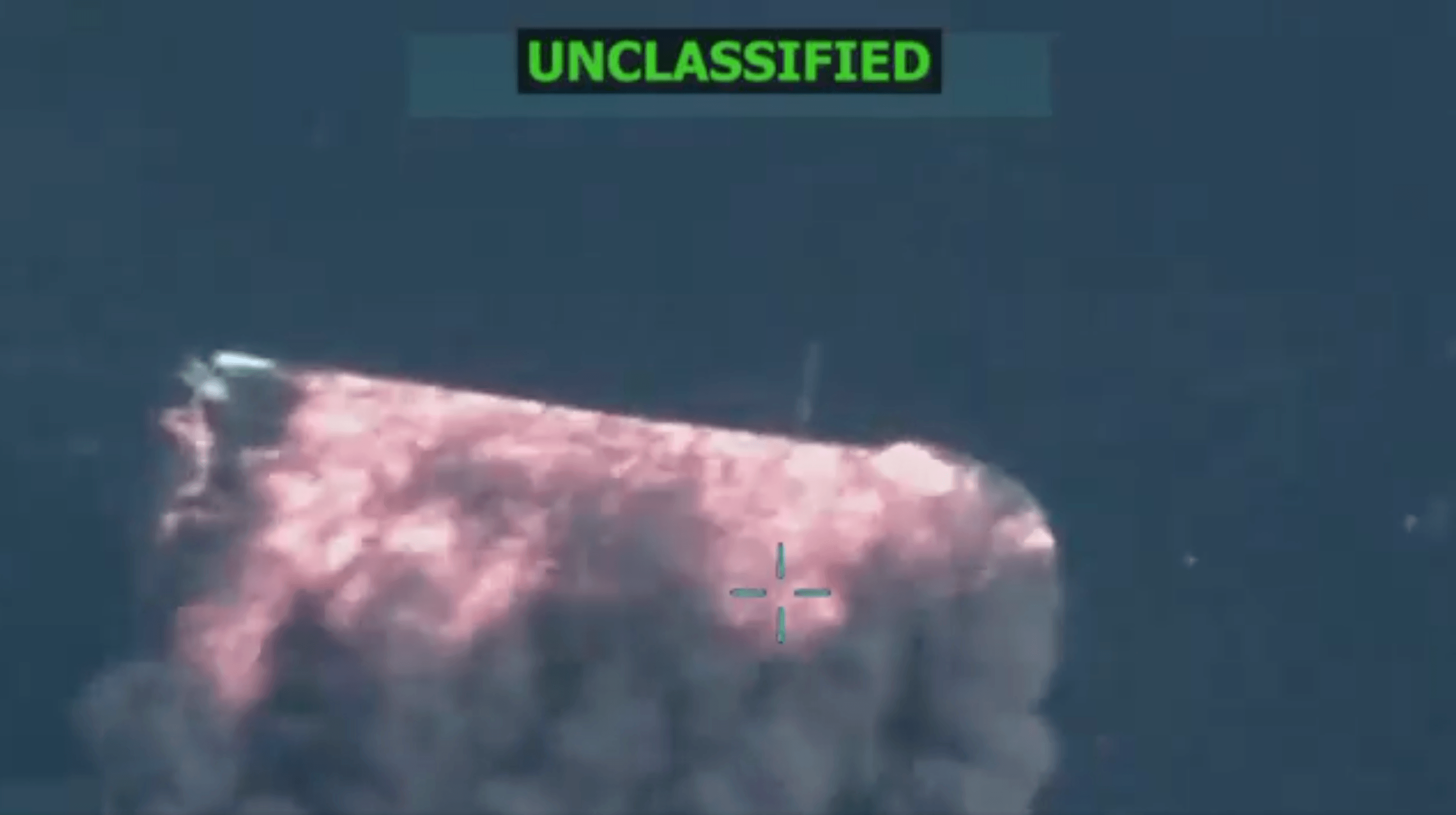100% Scanning of Cargo
In today's Washington Post, the paper reports that the United States has missed a statutory deadline of July 1, 2012 that required the government to scan all inbound cargo containers for radioactive material prior to arrival in the US. In other words, the law required that 100% of all cargo containers go through some form of radiation scanning (typically a radiation portal monitor) overseas, before
Published by The Lawfare Institute
in Cooperation With

In today's Washington Post, the paper reports that the United States has missed a statutory deadline of July 1, 2012 that required the government to scan all inbound cargo containers for radioactive material prior to arrival in the US. In other words, the law required that 100% of all cargo containers go through some form of radiation scanning (typically a radiation portal monitor) overseas, before being loaded on a ship bound for the United States. That the Obama Administration missed the deadline is no surprise. Nor, despite the somewhat breathless tones of the Post report, is it even a bad thing. To the contrary the 100% scanning law is one of the less well thought out laws on the books. Here's why.
First, a bit of background. Since 9/11 the US government, working mostly through Customs and Border Protection, has made a significant effort to extend our border outward. Today, DHS has a huge overseas presence and much of it is in sea ports where cargo bound for the United States is screened prior to loading. But, instead of scanning 100% of all cargo, CBP uses a sophisticated method of intelligence and analytics to designate "high-risk" cargo containers for active screening. This system, called the Container Security Initiative, is active in more than 50 ports worldwide and does analysis on 80% of the cargo bound for the United States.
The scope of the problem is really quite daunting. Between 10 and 11 million containers arrive in the US each year. Each container holds roughly 30 tons of goods. Using the targeting analytics, and with the current deployment of resources, DHS/CBP scan a little less than 1% of the containers bound for the US, or some 100,000 per year. Notionally, the mandatory 100% scanning law would require a 100-fold increase in the investment of resources. Even allowing for economies of scale, DHS says that the cost would be $16 billion per year. Critics say they could get away for less and possibly they could -- but bear in mind that DHS' entire budget request for the coming year is on the order of $50 billion.
The delay of the scanning requirement is, frankly, a good thing. It is another example of the inability of our system to effectively communicate and manage risk. The right answer to multiple threats has to be the risk based allocation of resources. We can't protect against all things at all times -- the costs, in resources and lost liberties would simply be too high. Instead, DHS allocates its inspection resources based on a judgment about risk. Dollars spent on 100% scanning are dollars NOT spent on some other threat (cyber? bio?).
Certainly one can ask whether our risk assessments are accurate and based on reasonable assumptions. But the 100% scanning law simply throws the idea of risk assessment overboard. Instead it relies on the anti-risk based rhetoric -- "how can we possibly NOT scan everything coming to the United States?" And in our political system, where the legislators and citizenry don't really understand concepts of risk management and mitigation, that sort of rhetoric is very powerful.
In addition to the mis-allocation of government resources, the scanning requirement will have a powerful, adverse impact on the economy. The vast majority of goods arriving in the US from overseas arrive by sea -- it is the cheapest form of travel. We really have no idea how much time the 100% scanning requirement would add to the shipment of goods (I've seen estimates ranging from 1 day to 1 week for the average shipment) but whatever that is, the delay in shipping is an added cost -- more inventory on hand, slower shipments, manufacturing delays, etc.
Finally, the 100% scanning requirement blinks diplomatic reality. After all, the law requires that this scanning be done overseas, that is, on the sovereign territory of our trading partners. From personal experience, the placement of CBP officers on foreign soil often involves a complex series of negotiations over issues ranging from "who pays the cost?" to "who is liable for a mistake" to "do CBP officers have any law enforcement authority or must they rely on the local police/military for enforcement?" These are not easy questions. And the US is not in a position to bludgeon our trading partners into submission, nor should it want to. The largest ports we receive goods from are either in Europe or in China and Southeast Asia, where we have dozens of other significant diplomatic concerns. Insisting on 100% scanning at these ports will, inevitably, have other costs.
Paul Rosenzweig is the founder of Red Branch Consulting PLLC, a homeland security consulting company. He formerly served as deputy assistant secretary for policy in the Department of Homeland Security. He is a professorial lecturer in law at George Washington University, a senior fellow in the Tech, Law & Security program at American University, and a board member of the Journal of National Security Law and Policy.





